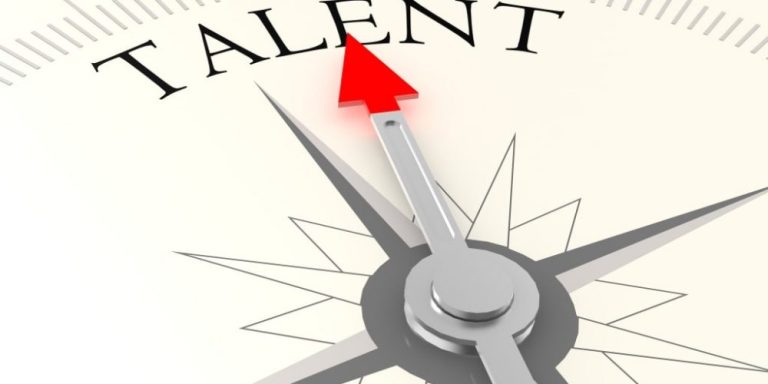As GE is evolving into an “digital industrial” organisation, it has also driven significant HR transformation to support the process of organisational change, according to its global leader of executive development, Janice Semper.
In recent years GE has diversified significantly, and today the conglomerate turns over US$149 billion ($214 billion) annually across multiple business lines including appliances/lighting, aviation, capital, energy management, healthcare, oil and gas, power and water, and transportation.
GE has focused on creating a “culture of simplification” to help streamline operations, become more agile and respond to customer demand, according to Semper, who likened the transition for GE as shifting from a hardware to becoming a software company.
“This has significant implications for our HR function,” said Semper, who explained the process of HR transformation in the company.
“The HR function has been restructured to an HR partnership model, and centres of expertise have also been created to shift how HR works with client mangers throughout GE’s businesses.”
GE’s HR policies have also been restructured in line with the significant transformation the rest of the corporation is undertaking, and the way HR supports the new approach to performance development has changed significantly.
“With our traditional performance management system and process in the past, HR played a role of ensuring compliance,” she said.
“The HR function has been restructured to an HR partnership model”
“Now, the role of HR is really to be an enabler and coach managers and employees to be able to have ongoing discussions, to be able to support shifting priorities, to be able to help managers really change their roles, and to work with their teams in a different way.
“So we have evolved our competency model for the HR function, and now have four competencies: the first of which is culture shaper, so how does HR not just preserve the culture of GE but actually help shape its evolution?
“The second one is progressive thinkers, so how do we continuously think about how do we move the needle on our own function, and think about how do we continuously drive innovation within our own function?
“The third competency is trusted advisor. So how do we work with our employees and our leaders to really be there to coach and enable them?
“Then the fourth is business strategist, which has always been a strength of the GE HR function, but even more so now in how we really link the company strategy with the cultural transformation that we’re making around simplification.”
To help support this new competency model for HR, the training curriculum for the HR function is in the process of being redesigned, with a strong emphasis on developing coaching skills to help managers and employees with everyday coaching conversations.
“We want to really deepen that expertise within the HR function,” said Semper.
For the full interview with Semper and story on how GE’s leadership development model has evolved, see the next issue of Inside HR magazine. Image source: supplied




